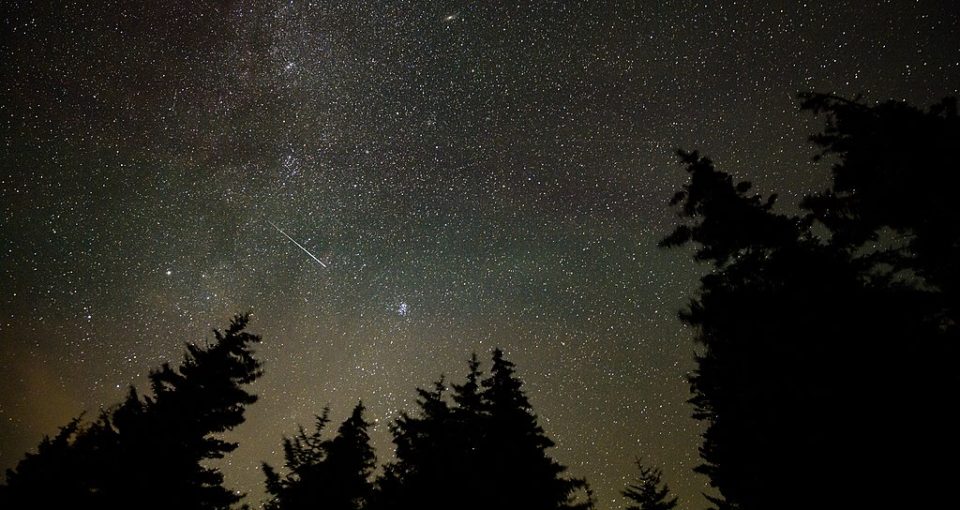
Geminid meteor shower is peaking; tonight is your last chance to catch the fireworks

Are you ready for the celestial fireworks of the year tonight? This year, the Geminid meteor shower began on Wednesday (December 14) and will end on Thursday (December 15). If you are lucky to have clear skies and can avoid bright lights and pollution, you can watch dozens of meteors streak across the night sky.
It would be best if you could venture out of the city to the suburbs. You do not need to use any special equipment to view the showers. Just give your eyes enough time to adjust to the darkness. The best time to catch the meteor shower tonight in India would be around 2 am.
About the Geminids
The word comes from the constellation Gemini from where the meteor shower appears to originate. However, the constellation is not the source of the meteors.
Also read: What’s the Iceland-Mars link? Meteorite Black Beauty tells a tale
NASA explains, “The constellation for which a meteor shower is named only serves to aid viewers in determining which shower they are viewing on a given night. The constellation is not the source of the meteors. Also, you should not look only to the constellation of Gemini to view the Geminids — they are visible throughout the night sky.”
The Geminids originate from an asteroid, the 3200 Phaethon, discovered in 1983. The asteroid is named after Greek mythological character Phaethon, son of Sun God Helios. It takes 1.4 years to complete one revolution of the Sun.
What are meteors?
Meteors are usually fragments of comets that disintegrate and burn up when they enter the Earth’s atmosphere at high speed, creating a spectacular “shower” of light.
Also read: Meteor or falling satellite? Streak of light sparks rumours in Maharashtra village
“Meteors come from leftover comet particles and bits from asteroids. When these objects come around the Sun, they leave a dusty trail behind them. Every year, Earth passes through these debris trails, which allows the bits to collide with our atmosphere where they disintegrate to create fiery and colorful streaks in the sky,” explains NASA.
Why the Geminids are unique
According to NASA, the Geminids are “one of the best and most reliable annual meteor showers.” Under a new moon and clear weather, the Geminids can show you 100 to 150 meteors per hour. However, the moon is bright this year. So, only 30 to 40 meteors will be visible per hour in the Northern Hemisphere.
(With agency inputs)

